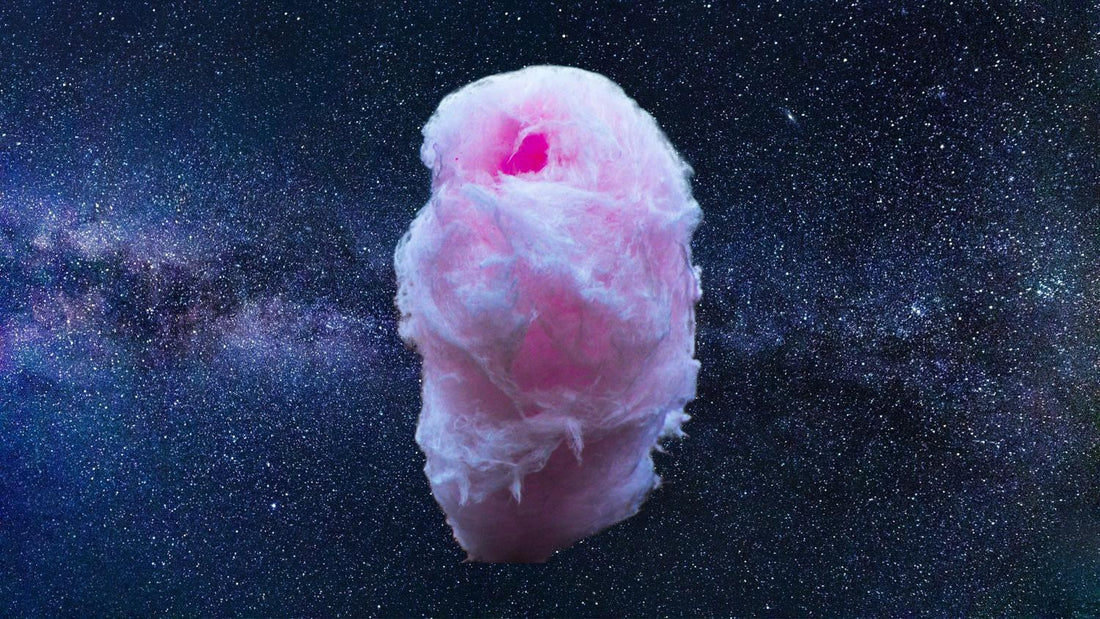
YEAH, THERE'S COTTON CANDY PLANETS, WHAT OF IT?
Share
The long-time belief from early astronomers was that all solar systems were like ours.
Rocky little planets near the sun with bigger gas giants in wide orbits outside.
Until 1992 when all this changed.
The ingenuity of man lead to peering deeper into the unknown and the knowledge that solar systems come in all shapes and sizes.
Within 4,000 or so other worlds we have seen orbiting large stars like us, 15 of them have a density so low it supersedes that of cotton candy.
These are commonly known as 'super-puff worlds' and are located in the Kepler 51 star system, 2,600 light-years from Earth.

To give you some idea of just how dense these planets aren't, they are larger than the size of Jupiter yet their mass is less than 1% of the mass of it.
Every cubic centimetre is 0.1g of mass on Kepler-51 d, the largest of the bunch.
Compare this to Earth's 5.5g per centimetre mass and you get the idea of just how fluffy these structures are.
But what are these world's made up of?
The planets are mostly hydrogen and helium, enough to fill the atmosphere and create a low-mass blob if you will.
At higher altitudes, the atmosphere contains methane that acts as a shell to keep the gaseous contents within.
Sadly, the super puff planets appear to be shedding their atmospheres to space and in 1 billion years time will lose their puffiness and resemble a regular planet such as Neptune.

If you love Australia thrusting into the deep unknown, hit the link below to spread us far and wide as we thrust into the deep unknown...
#Space_Aus




